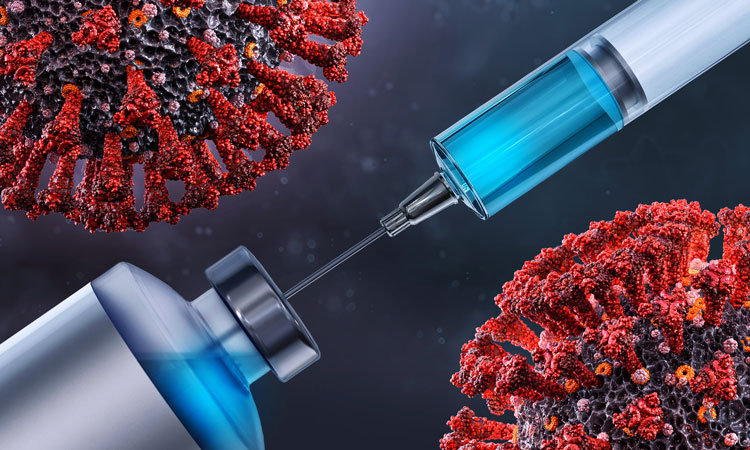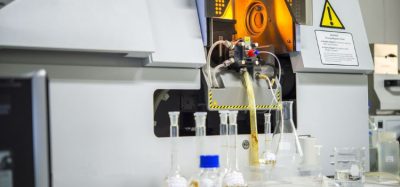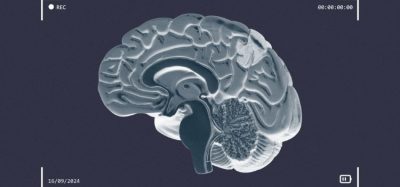Designed for success – new SNA vaccine proves highly effective in mice
Posted: 6 April 2022 | Mandy Parrett (European Pharmaceutical Review) | No comments yet
A team of scientists has developed a spherical nucleic acid (SNA) vaccine, which has demonstrated high efficacy as a COVID-19 therapy, as well as an anti-cancer treatment in rodents.


Vaccines as therapies have seen great improvements in recent years. Usually consisting of an antigen and adjuvant, traditional approached have tended to focus on selecting the appropriate efficacious substances required to stimulate the immune system to counter disease mechanisms. However, the team from Northwestern University has taken a different tack, considering the manner in which these substances are presented to the body’s immune cells as being key to their impact.
The spherical nucleic acid (SNA) vaccine they developed represents a new type of nanoparticle-based vaccine that packages the antigen and adjuvant in a specific way. In their study, the team combined the adjuvant with an inner portion containing the Spike (S) protein of the SARS-CoV-2 virus (the antigen) in such a way that resulted in impressive efficacy in a rodent model of severe COVID-19. One hundred percent of the animals vaccinated in this way survived the illness.
![SNAs are ball-like forms of DNA and RNA arranged on the surface of a nanoparticle [Credit: Northwestern University].](https://www.europeanpharmaceuticalreview.com/wp-content/uploads/SNA-vaccine-375x211.jpeg)
![SNAs are ball-like forms of DNA and RNA arranged on the surface of a nanoparticle [Credit: Northwestern University].](https://www.europeanpharmaceuticalreview.com/wp-content/uploads/SNA-vaccine-375x211.jpeg)
SNAs are ball-like forms of DNA and RNA arranged on the surface of a nanoparticle [Credit: Northwestern University].
Reflecting on the impact of their vaccine design, study researcher Michelle Teplensky commented: “What makes this vaccine different than other vaccines is the approach we take to design them. Even as recently as a few years ago people focused on selecting the right target to train the immune system and the right stimulant to activate it, not on how those components were arranged structurally and presented to the body.”
The new SNA nanoparticles ensure that both therapeutic components are presented to immune cells in precisely the way that vaccine designers intended, maximising efficacy. The nanoparticles that house the immune target are a form of globular DNA that can enter and stimulate immune cells with extreme efficiency.
SNAs have been tested in more than 60 cell types and researchers have experimentally determined the ideal ratio between the SNA’s shell and core density that produces the most potent response. In addition to the latest study with SARS-CoV-2, SNA vaccines have been used to treat mice with triple negative breast cancer and are under development for other cancers.
In other news:
First patient dosed with therapeutic prostate cancer vaccine…
mRNA-based therapeutic cancer vaccine enters Phase II trial…
“This is a remarkable demonstration of rational vaccinology — the idea that the structure of a vaccine, as opposed to just components, can have a profound influence on efficacy,” explained Chad Mirkin, a fellow study researcher. “While we have previously shown this to be the case for cancer immunotherapies, this is the first demonstration for an infectious disease.”
The team believes their vaccine has great potential to be rapidly adapted for other infectious diseases, as well as cancer.
The study exploring SARS-CoV-2 was published in Proceedings of the National Academy of Sciences (PNAS).
Related topics
Anti-Cancer Therapeutics, Biologics, Drug Development, Drug Safety, Drug Targets, Immunotherapy, Preclinical Research, Research & Development (R&D), Therapeutics, Vaccine Technology, Vaccines









